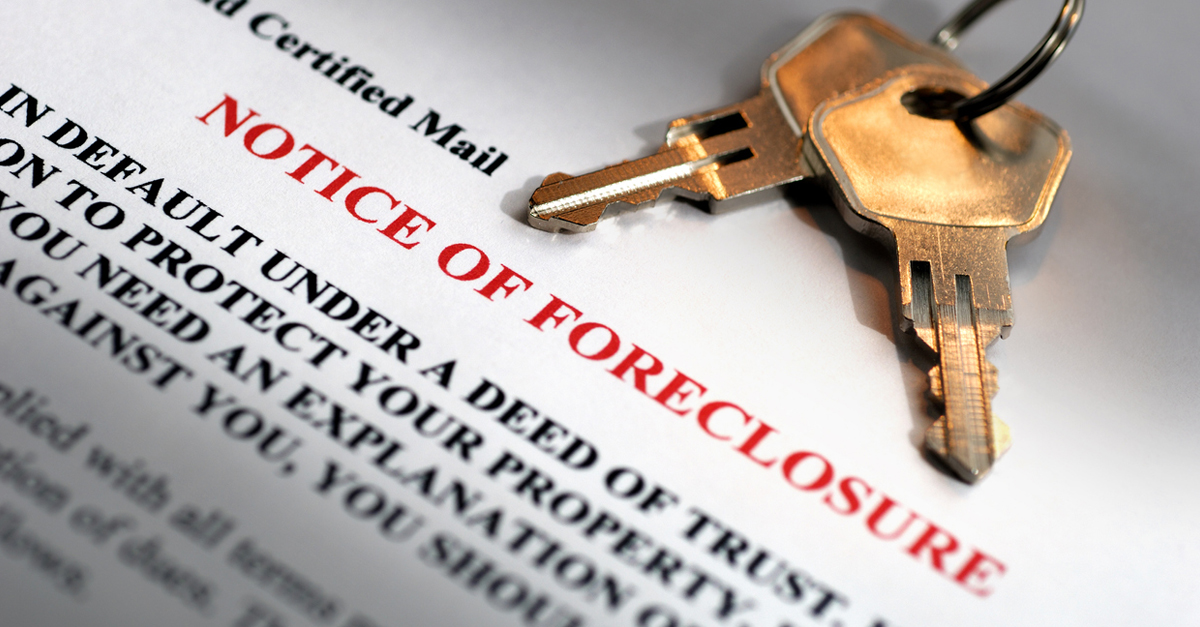
If you find yourself unable to pay your mortgage, you may be facing the potential repossession and forced sale of your home. In Ontario, this can happen through one of two legal procedures available to mortgage lenders: the power of sale or foreclosure.
Depending on which method is used, and where you are in the process, your options to remain in your home and your financial outcome may differ.
Below, I explain both processes and highlight the key differences between the two. I provide you with options that allow you to stop a power of sale or foreclosure and keep your home if that is what you can afford and what you wish to do.
Table of Contents
Basics of a Power of Sale
A power of sale is the most common forced sale process used in Ontario when a homeowner fails to repay their mortgage. In a power of sale, a mortgagee (the lender in a mortgage) obtains the legal right to evict residents of a property and sell the property to recover funds owing.
Lenders prefer the power of sale over foreclosure because the process is faster, involves less court time, and legal costs are lower. A lender need only wait 15 days after a missed payment to begin a power of sale process. The process involves:
- the issuance of a Notice of Sale by the lender,
- 30-40 day redemption period during which you can bring mortgage arrears current,
- the issuance of a Judgement by the court and finally,
- a Writ of Possession giving the mortgage lender the right to evict occupants (with the assistance of the Sherriff) and sell the home.
In a power of sale, a mortgage lender has a fiduciary duty to sell the property at fair market value. In the power of sale, any proceeds above the mortgage debt are paid to the homeowner. If the lender makes a quick sale at a discount, the homeowner can sue the lender for any loss in equity they should have received.
Typically, on completing a power of sale, mortgage lenders don’t earn any additional profit. If a home has equity, most homeowners will refinance to bring the mortgage current and avoid a forced sale.
In a power of sale, the lender retains the right to sue the borrower for any shortfall if the sales proceeds do not fully cover the full balance owing plus costs and fees. This shortfall becomes an unsecured claim since there is no longer any property to secure the debt.
Basics of Foreclosure
In a foreclosure, a mortgage lender takes title to the property. What this means in real estate law, is that the lender has complete legal ownership and right over the property to do with as they please. They can rent it out or sell it.
The foreclosure process is similar to that of a power of sale but takes much longer, often a year or more, compared to less than six months for a power of sale. A lender generally does not even begin the court process until several months of missed payments have occurred.
Since the lender legally owns a property after a foreclosure, they do not have the same duty to sell for the highest price. They also keep all proceeds above the mortgage debt for themselves. No equity or profits are returned to the mortgagor or homeowner.
In a foreclosure, the mortgage lender loses its right to sue for any shortfall.
Differences between a foreclosure and power of sale
Foreclosure proceedings and power of sale are different processes, but they share a lot of the same legal documents from start to finish. Both procedures start with a Notice of Sale, then a Statement of Claim followed shortly by the Writ of Possession.
It is in the Statement of Claim that you will see whether the action chosen for your property is a foreclosure or power of sale. As the homeowner, you need to be aware of the fundamental differences between both options.
| Power of Sale | Foreclosure |
| Lender obtains right to sell | Lender obtains legal title or ownership |
| Can begin as soon as 15 days after the first missed payment | Usually begins after 3-6 months missed payments |
| No court involved in Notice | Lender files suit in court & court issues demand for payment |
| Redemption period (usually 35-40 days) during which you can bring the mortgage current | The redemption period is usually 30 days but can be extended |
| Lender has a duty to sell for fair market value | No duty to sell for the highest price |
| Equity or profit paid to the borrower | Equity or profit kept by the lender |
| Lender can sue for a shortfall | Lender cannot sue for any shortfall |
What to do if threatened with a forced sale of your home
A house can cost a lot of money, and with other financial pressures such as car repayments and credit card loans, it’s easy for monthly payments to become too much.
However, we understand that a house is likely your biggest asset. While you may be struggling financially to keep up with repayment, you may very well want to get out of debt and keep your home, avoiding a power of sale or foreclosure entirely.
First things first: you need to review your budget and see if you are struggling to keep up with your mortgage repayments because you purchased too much home or if it is a mixture of other unsecured debts like credit card debt that is causing your debt problems.
Either way, there are financial options available to avoid a power of sale or foreclosure on your mortgage. However, the sooner you act, the more options available to you.
You can stop a forced sale during the redemption period by catching up on missed payments and fees. After the redemption period, your lender has the right to demand repayment of the entire mortgage, which can be much more challenging to deal with if you are having credit problems.
Here are some options to consider:
- Refinance with a second mortgage. You can get a second mortgage to bring the mortgage current. If you’ve got positive equity in your home, this can work. However, you need to be sure you can afford your future monthly mortgage repayments too.
- Restructure your mortgage with a different lender. Lengthening the amortization period of your mortgage can reduce your monthly payments, so they are mort affordable. If your bank or financial institution is not willing to negotiate a new mortgage, you can talk with a mortgage broker about finding a new lender or private mortgage.
- Downsize or sell your home yourself. If it looks like your financial problem is your mortgage payments because they are too expensive, then you could look to sell your home and buy a smaller property before you are evicted. You could also look into renting for a short time until you are back on your feet financially.
- Clean up other debts with a consumer proposal. If other unsecured debt is the cause of your budget shortfall, you can use any equity in your home to make a proposal to your creditors to reduce your monthly credit card and bill payments, making your future mortgage payments more affordable.
- File bankruptcy and keep your home. A consumer proposal avoids bankruptcy. However, if bankruptcy is a better way to eliminate troublesome unsecured debt, it is still possible to keep your home and file bankruptcy if you can keep your mortgage payments current.
- Walk away from your mortgage and file insolvency for any shortfall. If your mortgage is underwater (the mortgage is more than the home’s value), you can hand the property to your lender. If there is a shortfall post sell, this shortfall can be discharged through bankruptcy or a consumer proposal.
- If it is a pre-construction purchase and you can’t close, consider options to deal with the builder’s lawsuit for pre-construction closing losses.
Need more advice?
Advantages of talking with a Licensed Insolvency Trustee when you have mortgage arrears
If you are struggling with mortgage and non-mortgage debt and want to keep your home, it is a good option to talk with a Licensed Insolvency Trustee as well as a mortgage broker.
A mortgage broker can help you refinance and introduce you to a private mortgage lender. However, high-risk mortgages come with higher interest rates and may not be your best option if they also suggest rolling unsecured debt into the new mortgage. There are considerable risks in consolidating unsecured debt into a secured mortgage.
At Hoyes, Michalos and Associates, we can help you explore options that can help you clear up debts and find a way to make your mortgage repayment affordable. We can provide a second opinion on your budget and which alternatives will leave you stronger financially after restructuring your debt.
We offer free consultations, no matter what your situation.





